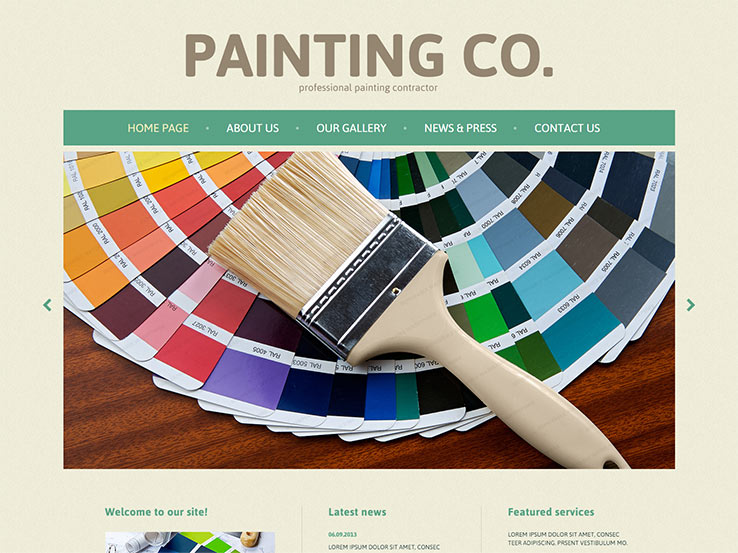Check Out The Influence Of Seasonal Components On The Effectiveness Of Commercial Outside Paint And Recognize The Ideal Times To Achieve Long-Lasting Outcomes For Your Project
Check Out The Influence Of Seasonal Components On The Effectiveness Of Commercial Outside Paint And Recognize The Ideal Times To Achieve Long-Lasting Outcomes For Your Project
Blog Article
Composed By-Aguilar Skafte
When you're preparing a business outside painting job, seasonal elements can make or damage your results. You'll intend to think about how temperature level and moisture impact paint application and drying times. Picking the right period can ensure your paint sticks effectively and lasts much longer. Yet which seasons are really the most effective for this kind of job? Let's explore the crucial elements that can impact your project's success.
The Influence of Temperature Level on Paint Application
When you're intending a business exterior paint job, the temperature level can considerably affect how well the paint adheres and dries out.
Ideally, just click the following page intend to paint when temperatures vary between 50 ° F and 85 ° F. If it's too chilly, the paint might not heal appropriately, leading to issues like peeling off or cracking.
On the other hand, if it's also warm, the paint can dry also swiftly, protecting against appropriate adhesion and resulting in an irregular finish.
You should additionally take into consideration the time of day; morning or late afternoon provides cooler temperatures, which can be more favorable.
Constantly check clean latex paint brush for the particular paint you're using, as they typically give assistance on the optimal temperature level variety for ideal outcomes.
Moisture and Its Effect on Drying Times
Temperature isn't the only ecological aspect that influences your commercial outside paint project; humidity plays a considerable role too. High humidity degrees can decrease drying out times dramatically, affecting the total quality of your paint job.
When the air is filled with moisture, the paint takes longer to cure, which can bring about concerns like inadequate bond and a greater risk of mold growth. If you're painting on a specifically humid day, be prepared for prolonged wait times in between coats.
It's critical to keep an eye on neighborhood weather and strategy appropriately. Preferably, aim for moisture levels in between 40% and 70% for ideal drying out.
Maintaining these consider mind guarantees your task remains on track and provides an enduring finish.
Best Seasons for Commercial Outside Painting Projects
What's the most effective season for your industrial outside painting tasks?
Spring and very early autumn are generally your best options. During these seasons, temperature levels are mild, and moisture levels are usually lower, developing ideal problems for paint application and drying out.
Avoid summertime's intense heat, which can trigger paint to completely dry too rapidly, causing poor attachment and coating. Similarly, wintertime's cold temperatures can hinder proper drying out and healing, taking the chance of the long life of your paint job.
Go for days with temperature levels between 50 ° F and 85 ° F for optimum results. Bear in mind to check the regional weather prediction for rain, as wet conditions can destroy your project.
Planning around these elements ensures your paint task runs efficiently and lasts longer.
Final thought
In conclusion, intending your commercial outside paint tasks around seasonal factors to consider can make a substantial difference in the end result. By scheduling work throughout the suitable temperature levels and humidity levels, you'll make certain far better adhesion and drying times. Bear in mind to watch on regional weather forecasts and pick the correct time of year-- springtime and early autumn are your best bets. Taking these steps will certainly help you attain a long lasting and professional surface that lasts.
